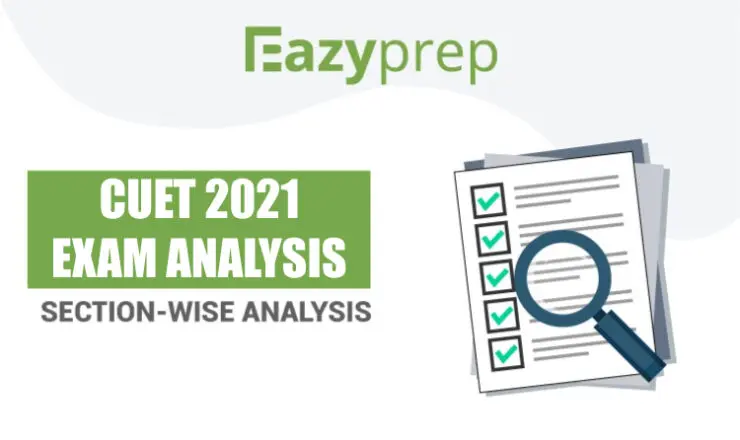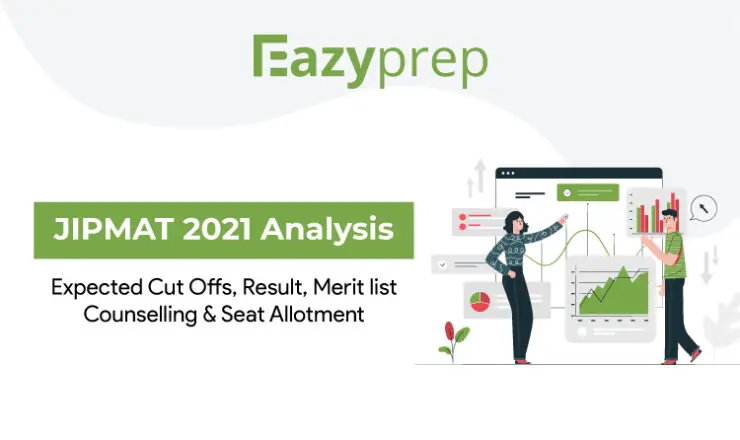![]()
CLAT 2019 was the Common Law Admission Test, a national level entrance examination for admission to BA LLB in the national law universities around India. There are various tips and tricks as to how to prepare for it. However, along with preparation techniques comes the analysis of the previous year’s papers. We all know the importance of practising past year question papers, it allows us to know what type of questions can come along with its marking schemes. Read on to know the exam analysis of CLAT 2019 and the changes of CLAT 2020 with respect to the previous year.

Changes in CLAT over three years
| Parameters | 2018 | 2019 | 2020 |
| Duration | 2 hours | 2 hours | 2 hours |
| Mode | Online | Offline | Online |
| Number of questions | 200 MCQ | 200 MCQ | 150 MCQ |
| Sections | 5 | 5 | 5 |
| Marking scheme | Correct: 1 marksIncorrect: -0.25 marks | Correct: 1 marksIncorrect: -0.25 marks | Correct: 1 marksIncorrect: -0.25 marks |
| Difficulty level | Moderate to difficult | Easy to moderate | NA |
| Date of exam | May 13th 2018 | May 26th 2019 | August 22nd 2020 |
Changes in exam pattern for CLAT 2020
There are not many changes in CLAT 2020, but a few that are stated below.
- Keeping in mind the COVID-19 pandemic, the CLAT exam 2020 will be conducted in a center-based online mode.
- This time instead of 200 questions, there would be 150 questions as there were a lot of concerns over the pressure of the CLAT exam. Hence, the total number of questions has been reduced.
- The maximum marks has also decreased to 150 but the marking scheme stays the same as CLAT 2019 before with 1 mark for each correct answer and a negative marking of 0.25 marks for every incorrect answer.
- This time the questions will be MCQ type but all these will be asked from passage based question type. For more information on how these passage based questions will be, check out Eazyprep’s CLAT preparation strategy.
CLAT 2019 Exam analysis
A detailed analysis of the CLAT 2019 has been explained below along with the sectional analysis. Read it and then prepare for your entrances as it will tell you what all areas are important and what all sections are crucial.
CLAT 2019 exam highlights
- The CLAT 2019 was held on May 26th 2019 in Offline mode all across the test centres. As there were quite a few technical glitches in the online CLAT in 2018, this time they conducted it in pen paper mode only.
- The students had to fill the OMR sheet for marking the answers.
- Overall the paper was of a moderate to difficult level. There were a few of those tricky questions in almost all the sections.
- Candidates felt it was overall a balanced paper with both easy questions and a bunch of tricky questions that were challenging to attempt.
- The paper had 200 questions and each of the questions were divided into 5 sections.
A detailed section wise breakup of questions and the difficulty level are given below.
| Section | Number of questions | Expected good attempt | Level of difficulty |
| English language | 40 | 34-36 | Easy |
| GK and current affairs | 50 | 40-43 | Easy to moderate |
| Quantitative techniques | 20 | 12-15 | Easy |
| Legal reasoning | 50 | 40-45 | Easy to moderate |
| Logical reasoning | 40 | 32-34 | Easy to moderate |
Section-wise analysis
1. English language
This section of is generally one of the toughest as many vocabulary questions are difficult to comprehend. However for CLAT 2019 this section proved to be quite effortless. Questions were of easy to moderate level.
Approximate good score
An attempt of 34-36 would be considered a good attempt which means a good score would be approximately something around 31 and above.
Important questions type
| Question type | Number of questions |
| Reading comprehension | 10 |
| Vocabulary | 5 |
| Sentence correction | 10 |
| Fill in the blanks | 10 |
| Para-jumbled | 5 |
| Idioms and phrases | 5 |

2. GK and current affairs
This section of CLAT 2019 had 50 questions of mostly current affairs and 3-4 questions were from static GK. Current affairs if studied religiously for the past 6-8 months, would easily let you attempt most questions. Questions were of asain easy to moderate level pertaining to economics, important books, national and international news.
Approximate good score
All the candidates who had studied current affairs extensively could attempt 40-43 questions, so a good score would be something in between 32-35.
Important questions type
| Question type | Number of questions |
| National news | 7 |
| International news | 7 |
| Economics | 7 |
| Books and authors | 3 |
| Science and technology | 5 |
| International and national organization | 4 |

3. Quantitative techniques
This section of CLAT 2019 was as always easy to solve. All the questions were of standard 10th level. The questions came from conventional maths topics like fractions, averages, number system, etc.
Approximate good score
A good attempt of questions would be 12-15 leading to a good score of 11 and above.
Important questions type
| Question type | Number of questions |
| Simple interest / compound interest | 2 |
| Algebra | 2 |
| Time and work | 5 |
| Percentages | 2 |
| Venn diagram | 1 |
| Calendars | 2 |
| Clocks | 1 |
| Mensuration | 1 |

4. Legal reasoning
This section of CLAT 2019 is one of the critical sections but in the 2019 CLAT paper, there were no surprise questions or tricky questions. No questions were asked from legal GK. However some questions were lengthy but for those who solved previous year papers, it was a cakewalk. Questions were based on contracts, torts and criminal laws.
Approximate good score
A good attempt would be 40-45 meaning a good score of 36 and above is guaranteed.
Important questions type
| Question type | Number of questions |
| Contracts | 18 |
| Law of torts | 13 |
| Criminal law | 14 |
| Miscellaneous | 9 |
5. Logical reasoning
Most of the questions of this section of CLAT 2019 tested analytical reasoning skills. All the questions were of an easy level centred around topics like directions, puzzle, syllogisms, coding, seating arrangements,etc.
Approximate good score
A good attempt would be 32-34 that means a good score would be above 30 marks.
Important questions type
| Question type | Number of questions |
| Analogies | 3 |
| Syllogisms | 5 |
| Seating arrangements | 12 |
| Puzzles | 10 |
| Odd one out | 4 |
| Number series | 4 |
| Blood relations | 2 |

So that’s about it for CLAT 2019 exam analysis. I hope these analyses would be of great help to you for your CLAT preparation. If you are interested, you can read an analysis of previous year’s exams by clicking here.
All the best!

